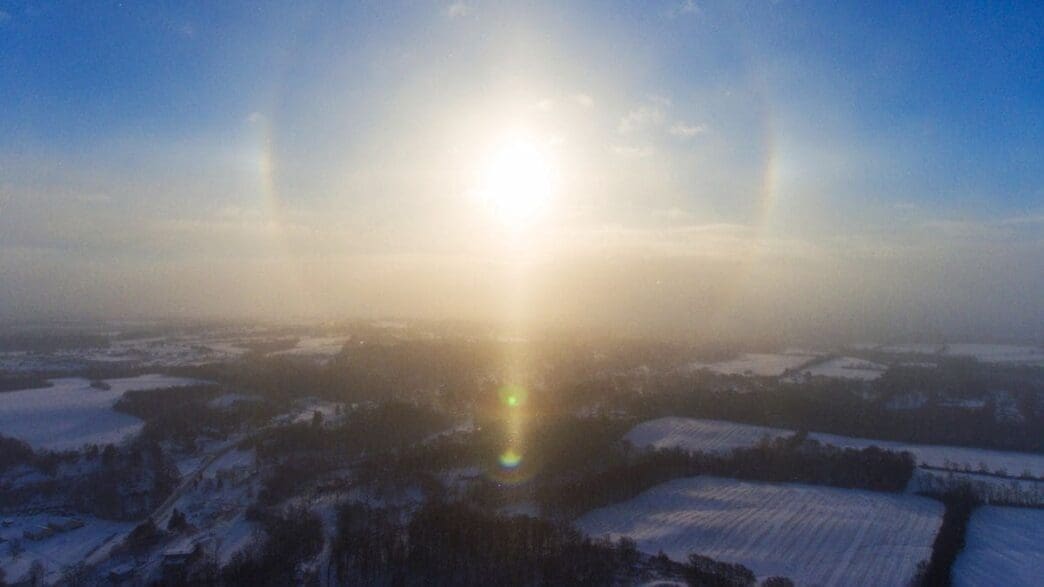Today marks a significant astronomical event as the winter solstice arrives, delivering the shortest day and longest night to the Northern Hemisphere.
As the official commencement of astronomical winter, the sun takes its position at its most southerly point in the sky, observable from Earth. At local noon, it stands directly above the Tropic of Capricorn, located at a latitude of 23.5 degrees south. This positioning results in the shortest duration of daylight for the Northern Hemisphere, as it is tilted at its farthest from the sun, receiving minimal sunlight.
The exact moment of the winter solstice and the changing of the seasons occurred on December 21, 2024, at 4:20 a.m. EST. With the onset of winter come the coldest months of the year, primarily because the sun remains closer to the horizon than during other times. As a result, sunlight is less intense, spreading over a broader area and contributing to cooler temperatures.
Moving forward from today, daylight will start to lengthen gradually, with the days becoming longer and brighter until we reach the summer solstice in June. Earth experiences these seasonal variations due to its axial tilt of 23.5 degrees. This tilt ensures that, over the course of a year, there are periods when the Northern Hemisphere receives more sunlight, leading to summer, and times when the Southern Hemisphere gets more sunlight, marking winter.
An illustration depicts the impact of Earth’s tilt on the changing seasons as our planet orbits the sun. Consequently, the colder temperatures during winter are attributed to Earth’s tilt, not the distance from the sun. Interestingly, Earth will reach its closest proximity to the sun on January 4, 2025, an event known as perihelion.
Perihelion occurs because Earth’s orbit around the sun is elliptical rather than perfectly circular. This orbit causes the distance between Earth and the sun to vary throughout the year. At perihelion, Earth is approximately 91.4 million miles away from the sun, as opposed to the average distance of about 93 million miles.
Cultural practices across the globe often celebrate the Winter Solstice, viewing it as a time of renewal and the return of light. From tomorrow onwards, the increase in daylight will be gradual yet noticeable over time as the sun rises earlier and sets later.
The winter solstice marks a pivotal moment in the Earth’s journey around the sun, illustrating the fascinating interplay between solar positioning and seasonal change. As days begin to lengthen, this time is often celebrated as a period of hope and renewal across various cultures.
Source: Space







